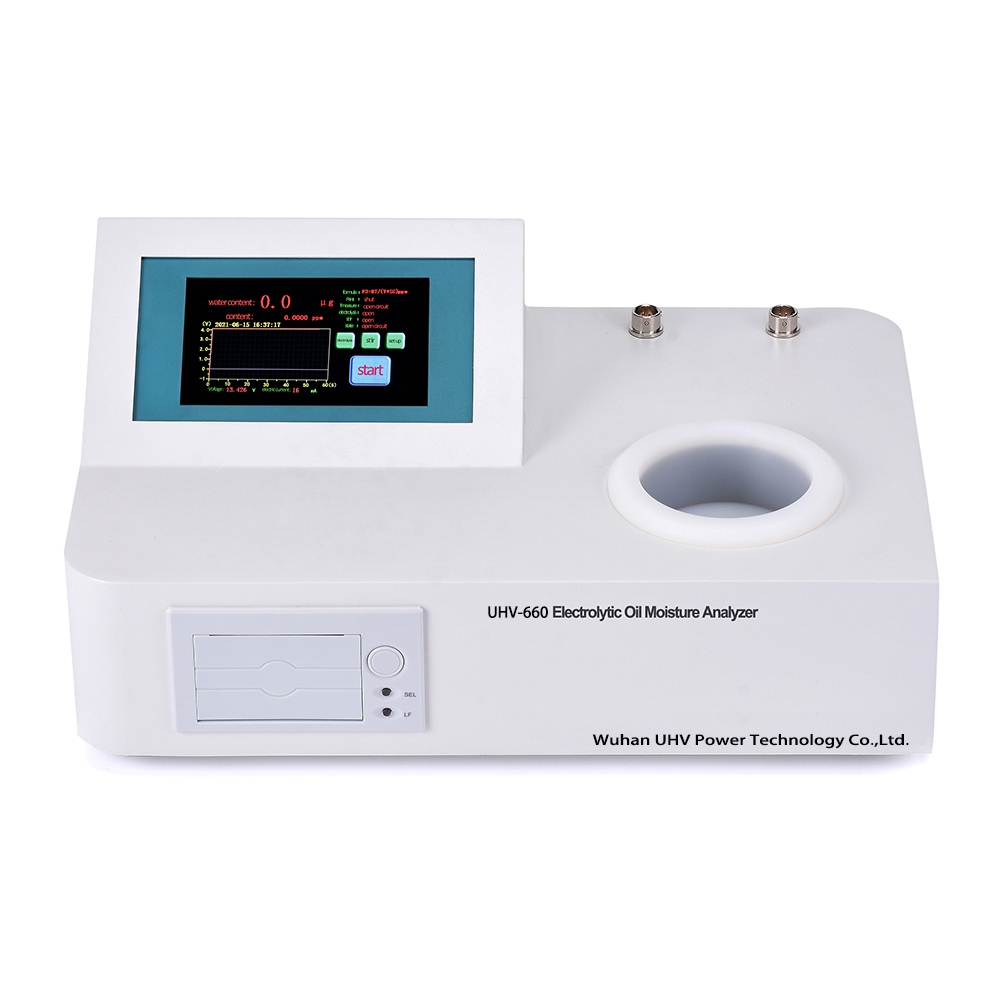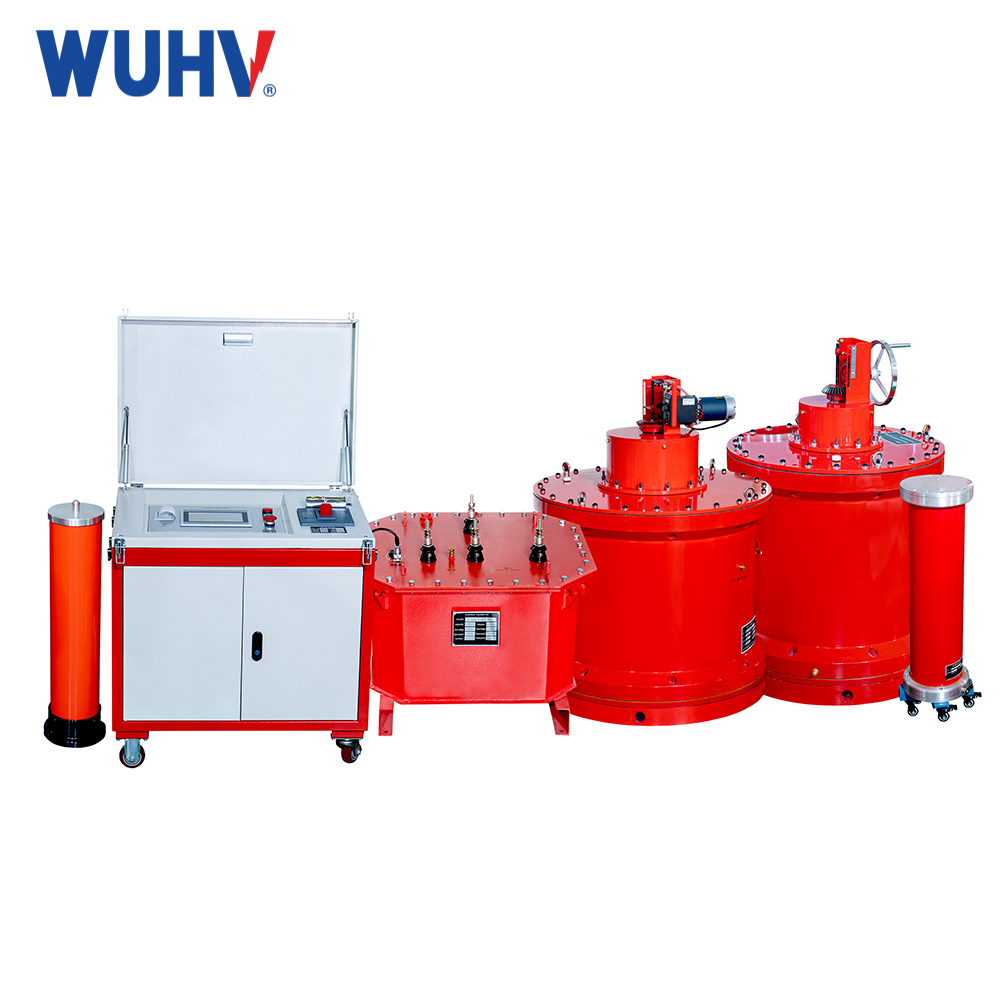The trace moisture analyzer under UHV power can help many power workers conduct various power tests more conveniently.

Trace moisture analyzer is an electrochemical method. The Kjeldahl method is divided into two major methods: the Kjeldahl capacity method and the Kjeldahl Coulomb method. Both methods are established as standard analytical methods by many countries to calibrate other analytical methods and measuring instruments.
Method Introduction
In 1935, Karl Fischer first proposed the method of using volumetric analysis to determine moisture content, which is the visual method in GB6283 "Determination of Moisture Content in Chemical Products". The visual method can only determine the moisture content of colorless liquid substances. Later, it developed into the electricity method. With the development of technology, the Coulomb method was developed by combining the Coulomb meter with the volumetric method. This method is the testing method in GB7600 "Determination of Moisture Content in Operating Transformer Oil (Coulombic Method)". The current classification visual method and electric quantity method are collectively referred to as the capacity method.
Method principle
The principle of the trace moisture analyzer is to inject a sample containing water into the electrolytic cell of the instrument when the Karl Fischer reagent reaches equilibrium. Water participates in the oxidation-reduction reaction of iodine and sulfur dioxide. In the presence of pyridine and methanol, the consumed iodine is produced by anodic electrolysis, so that the oxidation-reduction reaction continues until all water is exhausted. According to Faraday's law of electrolysis, the production of iodine by electrolysis is directly proportional to the amount of electricity consumed during electrolysis, and the reaction is as follows:
H2O+I2+SO2+3C5H5N→2C5H5N·HI+C5H5N·SO3
C5H5N·SO3+CH3OH→C5H5N·HSO4CH3
During the electrolysis process, the electrode reaction is as follows:
Anode: 2I-2e → I2
Cathode: I2+2e → 2I-
2H++2e→H2↑
From the above reaction, it can be seen that 1 mole of iodine oxidizes 1 mole of sulfur dioxide, requiring 1 mole of water. So it is an equivalent reaction between 1 mole of iodine and 1 mole of water, that is, the amount of electricity required for electrolyzing iodine is equivalent to the amount of electricity required for electrolyzing water. Electrolyzing 1 mole of iodine requires 2 × 96493 coulombs of electricity, and electrolyzing 1 millimole of water requires 96493 millicoulombs of electricity.
The moisture content in the sample is calculated according to equation (1):
In the formula: W -- moisture content in the sample, μ g;
Q - Electrolytic capacity, mC;
18- Molecular weight of water;



















